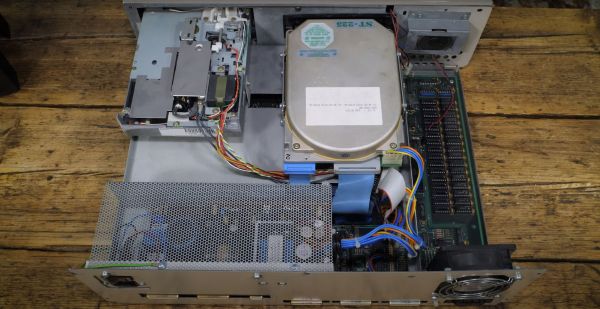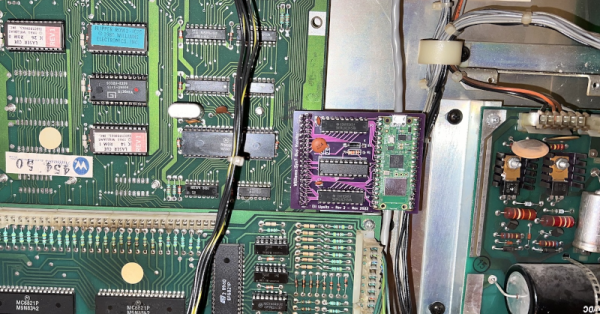Of the computers produced and prototyped by Commodore, most people are likely well-acquainted with the PET, VIC-20, C64 and C128, as well as the never released Commodore 65. Of these systems many examples and plentiful of documentation exist, but probably among the most rare is the Commodore 900, as recently covered by [Neil] over at RMC – The Cave on YouTube. The Commodore 900, conceived in 1983, was intended to become a microcomputer based on the 16-bit Zilog Z8001 CPU that targeted businesses as a UNIX workstation.
Only fifty prototypes were ever built of the C900 and no hardware was ever sold, even though the intended UNIX-based OS (MWC’s Coherent) had already been ported to the Z8000 and the rumor mill suggested a release in 1984. Although UNIX workstations were rather popular during the 1980s — with HP and Sun featuring prominently in this market segment — Commodore was more known for its home computers, which probably played a major role in C900 development being cancelled. At the time Commodore was also in the process of acquiring Amiga, with the C900 perhaps unsurprisingly featuring similar design language as the Amiga 2000.
Perhaps ironically, the Z8000 CPU that features in the C900 had a bit of a tragic history as well. Although featuring a range of interesting features, such as the ability to use its registers as 8-, 16-, 32- or even 64-bit registers by combining them as needed. Although this and the general performance of the Z8000 made it a solid CPU, it could not compete against the Motorola 68000 and Intel 8086/8088 CPUs when those appeared on the market.
In the video, [Neil] takes us through a detailed history of the C900, its feature list and the hardware inside the C900 prototype he got his hands on. It’s a fascinating glimpse at a part of Commodore history where this company almost went toe to toe with Sun, HP and other workstation giants.
Continue reading “The Forgotten Commodore 900: A Look At A Rare Prototype”



















